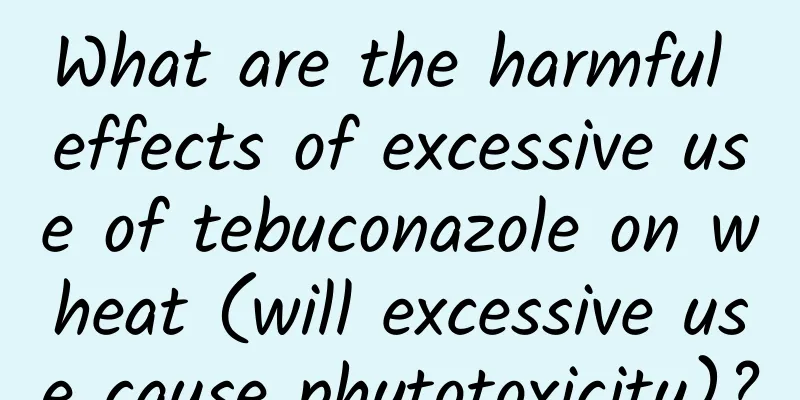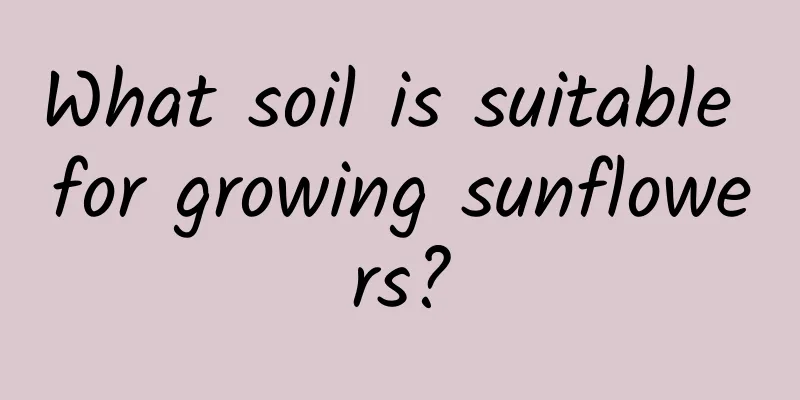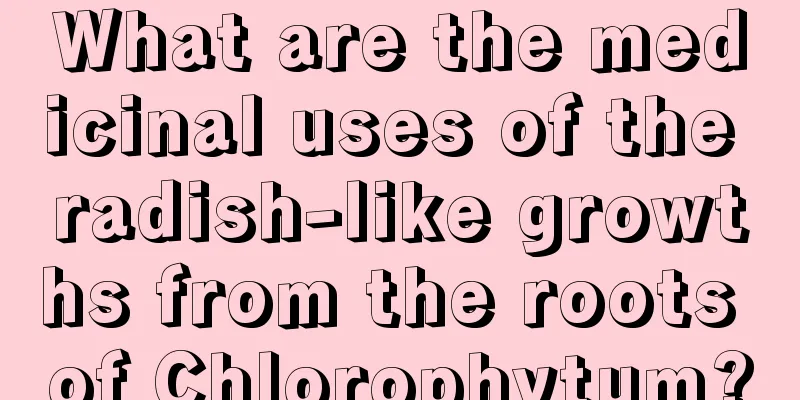What are the harmful effects of excessive use of tebuconazole on wheat (will excessive use cause phytotoxicity)?

Effects of Tebuconazole on WheatTebuconazole belongs to the triazole fungicide class. This type of fungicide has a common characteristic: improper use can easily cause phytotoxicity. However, the advantages of this type of fungicide are so obvious that some people ignore its disadvantages. This type of agent has a broad spectrum of fungicides, outstanding effects, and strong systemic and fumigation effects. It also has three functions: protection, treatment, and eradication. Although tebuconazole has a good effect, it has a certain control effect, so it is not recommended to use it in the seedling stage. Our commonly used compound products include tebuconazole•myclobutanil for controlling wheat ergot, cyfluthrin•tebuconazole for controlling wheat rust, tebuconazole•myclobutanil for controlling apple brown spot, etc. The single agent of tebuconazole is also effective and can be used to control rust, powdery mildew, web spot, root rot and wheat mildew on a variety of crops. It can also control peanut brown spot, brown ring spot, grape gray mold, powdery mildew, banana leaf spot and tea cake disease, etc. The bactericidal characteristics of tebuconazole are that after use, it is conducted from the wheat body to the top, killing internal pathogens, and promoting growth and increasing the number of effective tillers. It can effectively prevent powdery mildew, fusarium head blight, leaf spot on peanuts, and sheath blight on rice. What are the effects of excessive use of hexaconazole on wheat?Tebuconazole is a suitable drug for preventing and controlling wheat fusarium wilt. Generally, 12 to 16 grams of pure drug is used per acre. If the dosage is too low, the prevention effect cannot be guaranteed. If the dosage is too large or the concentration is too high, or if there is a sharp drop in temperature in a short period of time after application, wheat growth may be overly inhibited. According to relevant information, when the temperature is above 20℃, 20~30g of 43% tebuconazole can be used per mu; when the temperature is below 15℃ or lower, 10~15g of 43% tebuconazole can be used per mu. Excessive use of the drug or application before a strong drop in temperature can easily cause phytotoxicity to wheat, and even affect flowering and pollination, leading to difficulty in heading and poor fruiting. Therefore, in production, a mixture of tebuconazole is often used to control fusarium head blight to reduce the risk of phytotoxicity to wheat. Method of applying tebuconazole to wheatFor the first spray, we can spray the wheat from the time it sprouts to the time it joints. In addition to preventing insects and diseases, it can also prevent lodging and increase the number of effective ears. Specific formula: Farmers are advised to choose imidacloprid + cypermethrin + propiconazole + pyraclostrobin + brassinolide + potassium dihydrogen phosphate. The second application of medicine should be used during the grain filling period. In addition to killing insects and bacteria, it can also resist dry hot winds and increase thousand-grain weight. Specific formula: high chlorine thiamethoxam + diazinon + propiconazole + pyraclostrobin + brassinolide + potassium dihydrogen phosphate. If you want to specifically prevent and treat ergot disease, you can replace pyraclostrobin with tebuconazole, the effect will be better! |
<<: When is the best time to plant spring corn?
Recommend
What are the functions of green radish
Decorative effect The color of the green radish i...
How to make nitrogen, phosphorus and potassium fertilizers for home gardening (raw materials and methods for making nitrogen, phosphorus and potassium fertilizers)
Chicken manure (picture) 1) Poultry manure fermen...
Complete guide to caring for succulent white peony in summer!
How to keep it in summer? Temperature and sunshin...
Planting and maintenance of delphinium
Delphinium is also called pigeon flower, chicken ...
When is the best time to plant strawberries?
Transplanting of strawberries is usually schedule...
How to apply fertilizer to make potato fruits expand quickly (what fertilizer to apply during the potato expansion period)
Potatoes are the fourth largest crop in the world...
When is the right time to plant garlic?
Garlic is usually cultivated as an annual or bien...
Cucumber's fertilizer requirements and fertilization techniques (what fertilizer to apply during the growth period to make it grow more)
Cucumber is a vegetable with high yield and relat...
How to make redbud bloom on New Year's Day
Secret 1: Illumination It likes light. Except for...
Is it good for pregnant women to eat coriander? What are the benefits of coriander?
1. It is not good for pregnant women to eat coria...
How to grow mint flowers? Can they be placed in the bedroom?
1. Maintenance methods 1. Watering: When growing ...
Cultivation methods and precautions of Bletilla striata
How to cultivate Bletilla striata soil For potted...
How to plant succulents correctly Detailed steps for planting succulents
Among many plants, succulents are relatively easy...
How to grow Shizhixue quickly?
1. How to raise 1. Loam: Loam with loose texture,...
How to Identify Brussels Sprouts
1. Appearance Brussels sprouts are biennial or pe...









